Where Are Logon Scripts Stored
If you have the need to copy the scripts to all domain machines which i understand from your question and not only to the DCs then you should use a startup script to copy it to each machine. Or the Startup folder for all users on the machine CProgramDataMicrosoftWindowsStart MenuProgramsStartup.
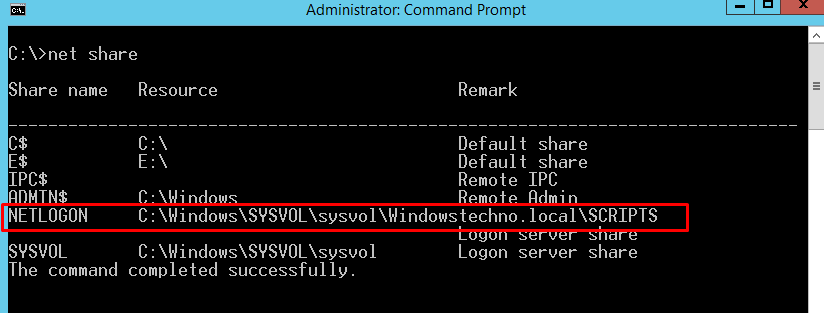
What Is Netlogon Folder In Active Directory Windows Server Technology
Once this script is placed in the Netlogon.
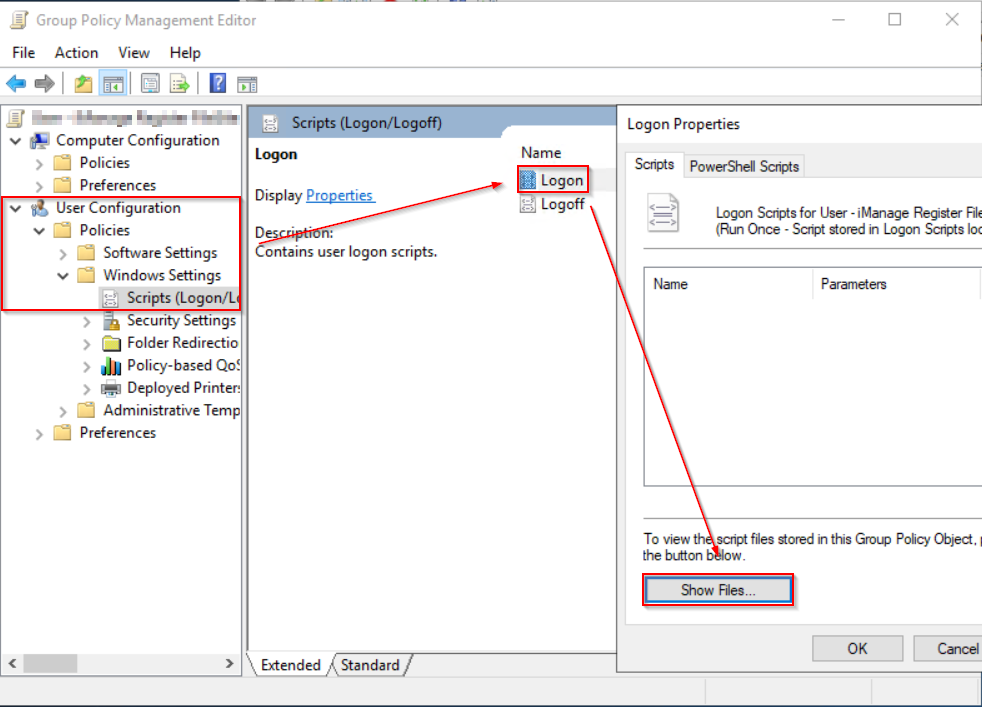
Where are logon scripts stored. This should be in CWINDOWSSYSVOLsysvolDOMAINNAMEscripts. The scripts are currently contained in SystemRootsysvolsysvoldomain_namescripts as normal. Adversaries may use scripts automatically executed at boot or logon initialization to establish persistence. Please understand the risks before using it. For example if the Logon or Logoff script writes to a log file the group Domain Users should be given readwrite access to the file or the folder where the log file is located. This will map network drives call the VBScript and Batch file as listed below and sync the time with the NTP server Source Code This script has not been checked by Spiceworks.
From the Logon Scripts window click Add in the Script Name dialog box click Browse. Logon scripts are generally stored on the domain controller in the Netlogon share which is located at systemrootSystem32ReplImportsScripts folder. Select a user and click Properties. My point is that by assigning the script using this technique the VBScript ends up in the correct folder. For example the logon script for local users on a Windows 2000 server is specified as follows. In the Logon script box type the file name of the users logon script.
Ill edit my Group Policy by going to User Configuration - Windows Settings - Scripts - Logon Next Ill select the second tab PowerShell Scripts and click add to add my script. The following are the locations where Logon and Logoff scripts are stored. Right-click My Computer and click Manage. Logon scripts that are stored on the local computer apply only to users who log on to the local computer. Try checking those locations for the logon script. If this is where your predecessor stored the script you can find the location of this folder locally to the DC by opening the Computer Management console on the DC and checking through the Shares youll find the path to the Netlogon share here.
To get list of domain controllers programatically see this article. WSH provides the objects which our scripts then manipulate. Logon scripts that are stored on a local computer apply only to users who log on to that local computer. If this folder does not exist by default you must create it. For example if the Logon or Logoff script writes to a log file the group Domain Users should be given readwrite access to the file or the folder where the log file is located. In the Logon script box type the file name of the users logon script.
In the console tree click Scripts LogonLogoff. So weve created a new folder under it called test and tries to call it again but it never works. In the results pane expand Logon. We have quite a few scripts generated and thinking of do a bit of management on it. On the server this is located. Now for the crucial part right-click and Paste.
Right-click My Computer and click Manage. Open the Group Policy Editor and navigate to the area where you want to store the script such as Computer Configuration or User Configuration. Where can I find logon scripts. Navigate to the System ToolsLocal Users and GroupsUsers folder. Have a look in myDomainlocNETLOGON. The default location for logon scripts is the netlogon share of a domain controller.
Initialization scripts can be used to perform administrative functions which may often execute other programs or send information to an internal logging server. More Tasks for VBScript. Or SystemRootSYSVOL_DFSRsysvolscripts for DFS-Based FRS since. Here are examples of the tasks that these objects and services can do for you. The default location for local logon scripts is the SystemrootSystem32ReplImportsScripts folder. The default location for user logon scripts is the NETLOGON share which by default is replicated on all DC in your forest and is physically located in.
2 Adversaries may use these scripts to maintain persistence on a single system. To configure logon and logoff scripts go to Start - Run and enter gpeditmsc navigate to. Select a user and click Properties. 1 This is done via adding a path to a script to the HKCUEnvironmentUserInitMprLogonScript Registry key. Navigate to the System ToolsLocal Users and GroupsUsers folder. Local logon scripts must be stored in a shared folder that uses the share name of Netlogon or be stored in subfolders of the Netlogon folder.
Most users have limited privileges on the local computer so Logon and Logoff scripts will have the same limited privileges. Group Policy can handle scripts for users and computers simultaneously. Double-click on the respective script entry ie Logon Logoff Startup or Shutdown. If you examine that long path seen from the Look in. The path is User ConfigurationPoliciesWindows SettingsScripts LogonLogoff. It can presumably be changes from this default but Ive never met anyone that had a reason to.
Please save the script to the SYSVOL folder on you Domain which will also be replicated to all DCs and will be available to all users. Local logon scripts must be stored in a shared folder or subfolders of the shared folder named Netlogon. Map network drives Then assign to Logon Script Connect to printers Then assign to Logon Script Manipulate Active Directory objects eg. To specify a logon script that is stored in a subfolder of the. That way it is copied to the needed folder with the system permission and can definitely be stored on each folder you like. Apparently the scripts file that we can.
Windows allows logon scripts to be run whenever a specific user or group of users log into a system. Your script should now appear in the window. Active Directory Logon Script Batch File. The location of a users Startup folder is. As for bulk changes in AD Users and Computers you can shift select. 1 2 3 4.
To assign user logon scripts Open the Group Policy Management Console. Right-click the Group Policy object you want to edit and then click Edit.
Run A Logon Script As Administrator
Setting Up A Logon Script Through Gpos Alex Computer Bubble Blog

Powershell Get Aduser To Retrieve Logon Scripts And Home Directories Part 2 Oxford Sbs Guy
Exploring Logon Scripts For Active Directory Redmondmag Com
Logon Script In Ad Not Running Anymore
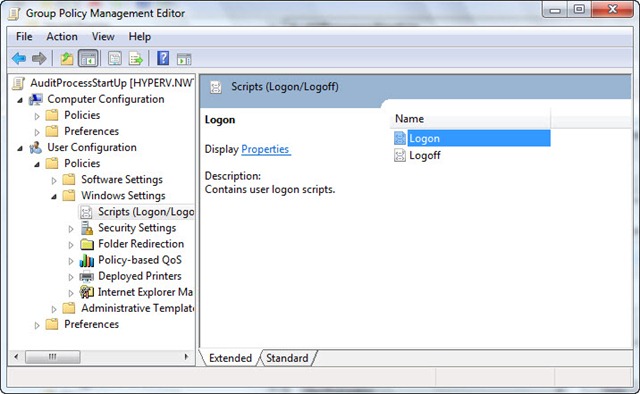
Using Group Policy To Deploy A Windows Powershell Logon Script Scripting Blog
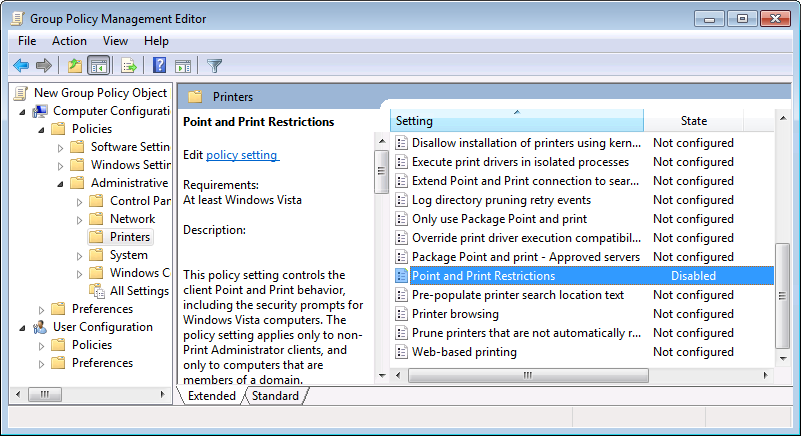
Location Based Logon Scripts Connecting Shares And Printers

A Quick Overview Of Logon Scripts In Windows Nt Techrepublic

Logon Scripts Despatches From The Technical Trenches

Create A Group Policy Object Gpo To Run A Script Only Once Kbase

Powershell Get Aduser To Retrieve Logon Scripts And Home Directories Part 2 Oxford Sbs Guy
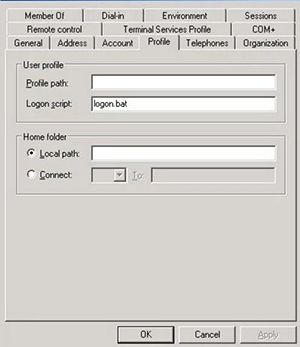

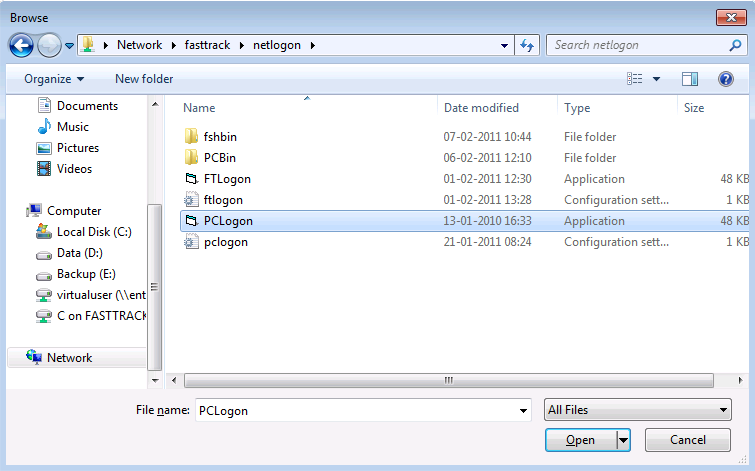
Posting Komentar untuk "Where Are Logon Scripts Stored"